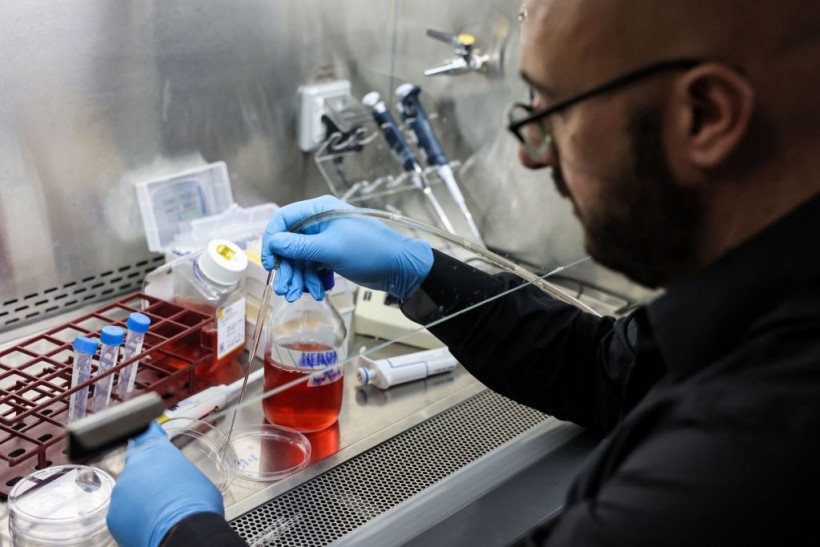Organs inside the body are made up of cells and tissues to perform a specific function, ultimately to keep its respective living organism alive. For decades, scientists have uncovered that our organs are all interconnected through a so-called inter-organ communication network. However, it was not fully understood how such process works, let alone certain proteins are responsible for carrying the message.
Inter-Organ Communication Networks

The findings of these proteins were published in the journal Open Biology on August 10, as summarized by the American Association for the Advancement of Science (AAAS).
In the new paper, the AAAS mentioned such inter-organ communication network in the form of signals during exercise; like when the muscles send out messages to fat and liver tissues to release their energy sources.
The new research aimed at solving the historically challenging process of uncovering the pathways responsible for communication.
The study was conducted by researchers from the Scripps Research Institute, University of Southern California, and their collaborators.
Also Read: Coronavirus Effects: How COVID-19 Harms Different Body Organs
Novel Mouse Model
The research team applied a novel mouse model involving the usage of an enzyme called "BirA*G3" for mapping the protein communication between the organs.
The said enzyme labeled a biotin tag on the proteins which allowed the team to monitor the biomolecules inside the body.
Authors of the study claim their findings of any new protein related to diseases could be translated into therapeutic use and better understanding of the human body's various conditions affecting organs, especially cancer and obesity.
There are different types of organ-related cancers, which includes bladder cancer, liver cancer, kidney cancer, and pancreatic cancer, according to the United Hospital Center based in West Virginia, United States.
Human Body Organs
Amongst a myriad of animal species, humans are one of the most complex organisms on Earth, according to the National Cancer Institute (NCI). Consisting of billions of microscopic parts, where each has its own identity and work together for the benefit of the total being.
According to the NCI, the human body is divided into four smaller structures of four major kinds: cells, tissues, organs, and systems.
Cells are considered to be the smallest units and systems being the largest. However, the human body organs are the most crucial aspects of the human anatomy since it serves as a fundamental part of human life and the most vulnerable to a number of diseases, including cancer.
Body System Communication
In the past, scientific literature has already existing evidence of body system communication; however, the specific biological mechanisms behind it are not fully understood, as was also claimed by the new study.
The communication in this subject matter pertains to the interaction of different body organs such as the brain, lungs, liver, bladder, kidneys, heart, stomach, intestines, and with the skin being the largest organ.
Prior to the new study, it is understood that the nervous and endocrine systems are the two forms of communication system in our body that are responsible for organizing and sending stimuli received from the external environment, according to Australia's Victoria State Government.
Related Article: Mad Science! Scientists Grow Human Organs Inside Pigs To Produce Human-Pig Embryo
© 2024 NatureWorldNews.com All rights reserved. Do not reproduce without permission.



![Tsunami Hazard Zones: New US Map Shows Places at Risk of Flooding and Tsunamis Amid Rising Sea Levels [NOAA]](https://1471793142.rsc.cdn77.org/data/thumbs/full/70325/280/157/50/40/tsunami-hazard-zones-new-us-map-shows-places-at-risk-of-flooding-and-tsunamis-amid-rising-sea-levels-noaa.jpg)
![Climate Change is Reducing Dust Levels Worldwide as Arctic Temperature Warms [Study]](https://1471793142.rsc.cdn77.org/data/thumbs/full/70320/280/157/50/40/climate-change-is-reducing-dust-levels-worldwide-as-arctic-temperature-warms-study.jpg)
